Prague Powder prevents deadly botulism in home meat curing but causes fatal poisoning if misused. This specialized curing salt contains precise sodium nitrite concentrations (6.25%) mixed with salt (93.75%) and dyed pink to prevent accidental confusion with table salt. Understanding the critical differences between Prague Powder No. 1 (for short cures) and No. 2 (for extended curing) is non-negotiable for safe home charcuterie. Exceeding 1 teaspoon per 5 pounds of meat creates toxic compounds, while insufficient amounts fail to prevent Clostridium botulinum growth.
Table of Contents
- Critical Safety Protocols (Read Before Anything Else)
- What Prague Powder Really Is (Beyond the Pink Color)
- Prague Powder No. 1 vs. No. 2 – Life-Saving Differences
- Precise Usage Guidelines for Home Curers
- Dangerous Myths That Cause Food Poisoning
- Why "Natural" Substitutes Fail at Botulism Prevention
- Visual Decision Guide: Which Type to Use
- Summary: Safe Home Curing Checklist
- Frequently Asked Safety Questions
Critical Safety Protocols (Read Before Anything Else)
These non-negotiable rules prevent life-threatening risks:
- Lethal Dosage Threshold: Never exceed 1 level teaspoon (5g) of Prague Powder No. 1 per 5 pounds (2.27 kg) of meat. This maintains the safe 0.25% nitrite concentration in final product.
- Childproof Storage: Keep in original pink-labeled container inside locked cabinet—never transfer to unmarked vessels resembling sugar or salt.
- Dedicated Equipment: Use separate digital scale and measuring spoons exclusively for curing agents (nitrite residue is toxic).
- Immediate Spill Response: Vacuum spills immediately; sweeping creates inhalable toxic dust.
- Botulism Symptom Recognition: Seek emergency care for blurred vision, difficulty swallowing, or muscle weakness within 12-36 hours of consuming cured meat.
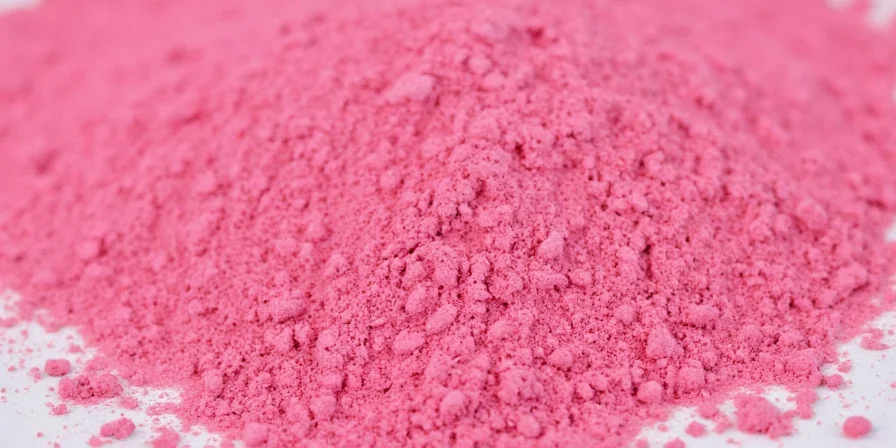
What Prague Powder Really Is (Beyond the Pink Color)
Despite historical associations with Eastern European curing traditions, Prague Powder's name is largely marketing fiction. This is not edible salt—it's a precisely formulated curing accelerator with two critical functions:
- Botulism Prevention: Sodium nitrite (6.25%) inhibits Clostridium botulinum growth, the bacteria causing potentially fatal food poisoning.
- Color Fixation: Creates the characteristic pink hue in cured meats through chemical reactions with myoglobin.
The bright pink dye serves only as a visual warning—ingesting pure sodium nitrite (found in Prague Powder) can cause methemoglobinemia, blocking oxygen transport in blood. The 93.75% salt content ensures even distribution while maintaining safe nitrite levels.
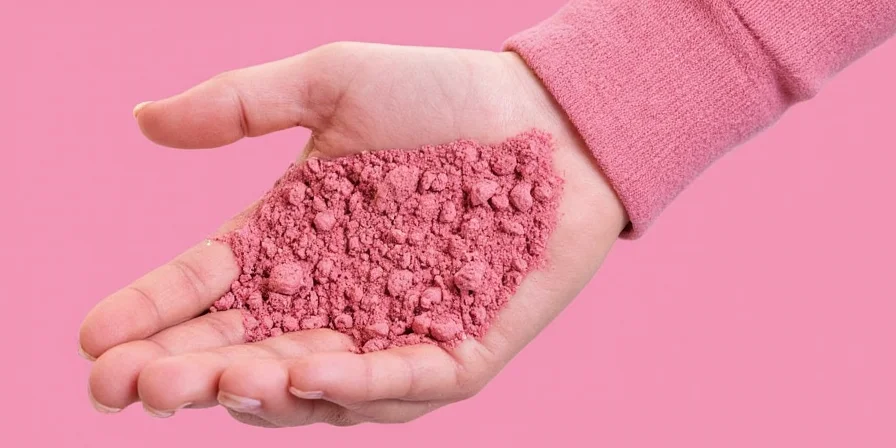
Prague Powder No. 1 vs. No. 2 – Life-Saving Differences
Mixing these types causes dangerous nitrosamine formation or botulism risk. This table shows critical distinctions:
| Type | Sodium Nitrite | Sodium Nitrate | Botulism Protection Timeline | Deadly Misuse Consequences |
|---|---|---|---|---|
| Prague Powder No. 1 | 6.25% (immediate action) | 0% | 1-10 days | Using for dry-cured meats: Insufficient protection after 10 days → botulism risk |
| Prague Powder No. 2 | 6.25% (initial) | 4% (slow-release) | 30+ days | Using for bacon: Excessive nitrosamines → carcinogens + metallic taste |
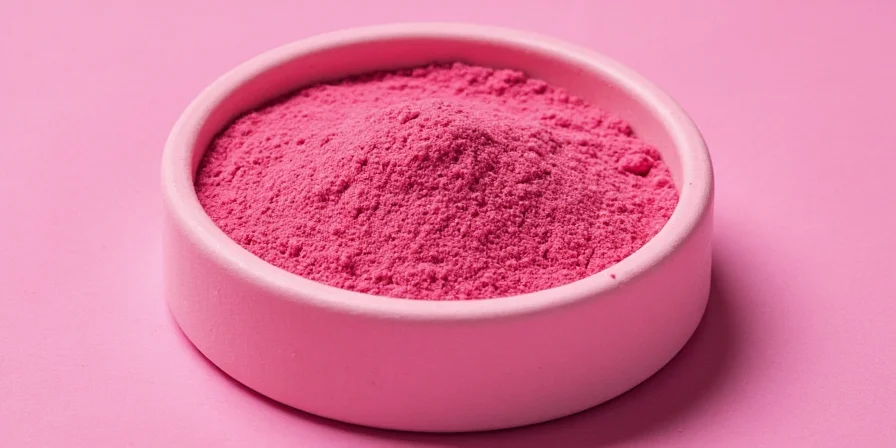
Precise Usage Guidelines for Home Curers
Measurement errors cause poisoning or botulism. Follow these protocols:
- Digital Scale Required: 1 teaspoon = 5g (volume measurements vary by compaction; 1g excess per 5lb meat creates toxic levels).
- Two-Step Mixing: Combine Prague Powder with 4x kosher salt first, then mix with meat to prevent nitrite hotspots.
- Temperature Control: Maintain 36-40°F (2-4°C) until nitrite conversion completes (72 hours for No. 1).
- Timeline Tracking: Use No. 1 for wet cures ≤10 days; No. 2 for dry cures ≥30 days. Never interchange.
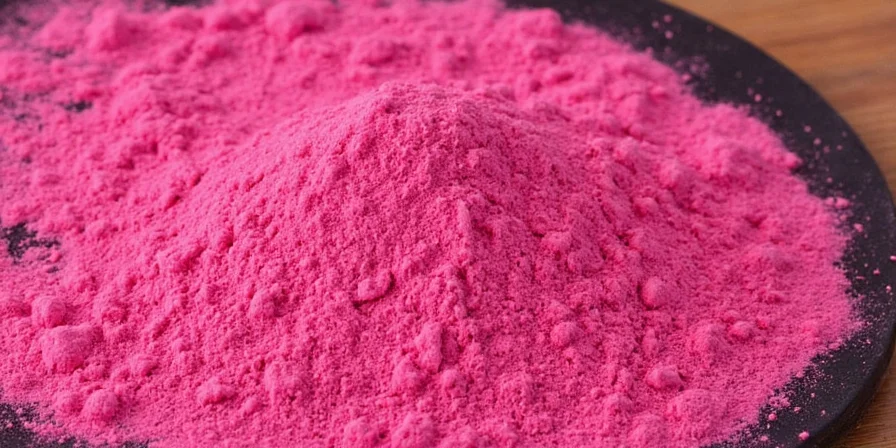
Dangerous Myths That Cause Food Poisoning
These misconceptions have caused hospitalizations:
- Myth: "Pink curing salt is the same as Himalayan pink salt"
Reality: Himalayan salt contains zero nitrites. Using it for curing provides no botulism protection. Prague Powder's pink dye is a safety warning. - Myth: "Celery powder is a safe nitrite-free alternative"
Reality: Celery powder contains natural nitrates that convert to identical nitrite compounds. Dosing is unpredictable—crop variations cause under/over-application. - Myth: "Extra Prague Powder makes meat last longer"
Reality: Exceeding 156ppm nitrite creates nitrosamines (carcinogens). 0.25% concentration is scientifically determined maximum safety threshold.
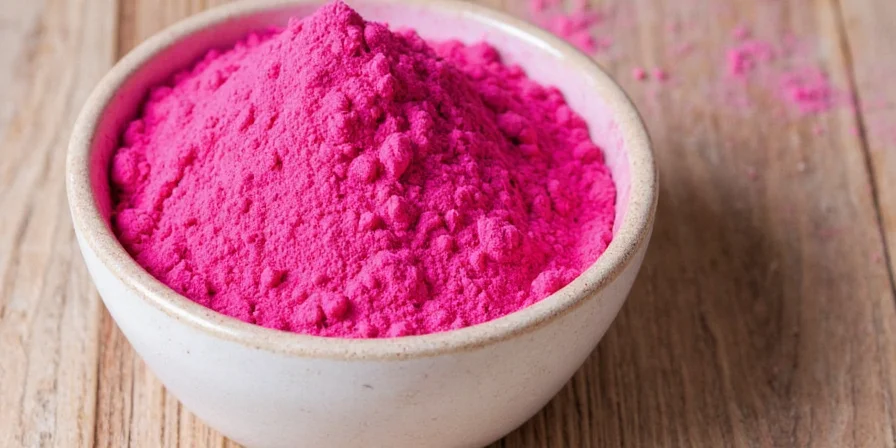
Why "Natural" Substitutes Fail at Botulism Prevention
No alternative matches Prague Powder's reliability for home curing:
- Celery Powder: Requires 10x higher volume with inconsistent nitrate levels (soil/weather dependent). USDA studies show 32-78% nitrite variation between batches.
- Beetroot Juice: Provides color only—zero antimicrobial properties. Must be combined with actual curing salts for safety.
- Vitamin C (Ascorbic Acid): Accelerates nitrite conversion but doesn't replace required nitrite levels. Used with Prague Powder, not instead of.
Critical fact: The CDC documents 37 botulism cases from 2020-2023 linked to improper home curing using "natural" alternatives. Prague Powder remains the only scientifically validated method for home botulism prevention.
Visual Decision Guide: Which Type to Use
Match your project to these criteria:
| Your Project | Correct Choice | Botulism Risk if Wrong | USDA Requirement |
|---|---|---|---|
| Bacon, corned beef, smoked fish (≤10 days) | Prague Powder No. 1 | High after day 10 | Required for commercial production |
| Salami, pepperoni, country hams (≥30 days) | Prague Powder No. 2 | Extreme if using No. 1 | Mandatory for dry-cured products |
| Vegetable fermentation | None (not applicable) | N/A | Never use curing salts |
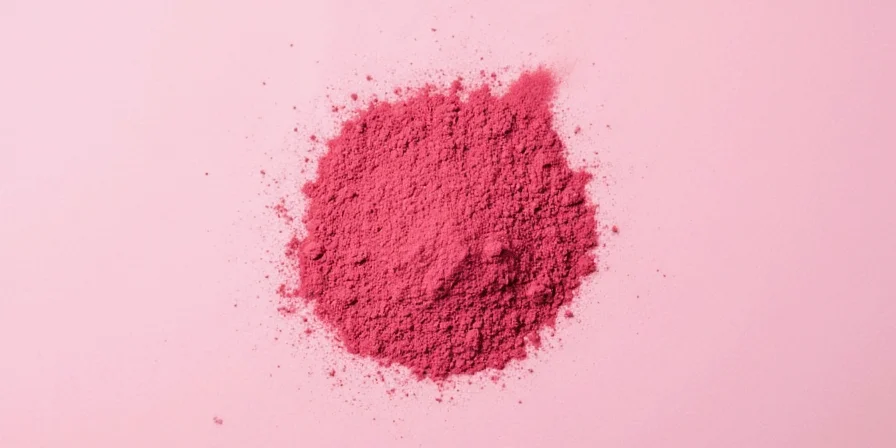
Summary: Safe Home Curing Checklist
Before starting any curing project, verify these 5 points:
- You're using the correct Prague Powder type (No. 1 for short cures, No. 2 for extended)
- You've measured exactly 1 tsp per 5 lbs meat using a digital scale (5g)
- Curing temperature remains below 40°F (4°C) throughout process
- You're following USDA-specified timelines (no shortcuts)
- You've stored Prague Powder in original container away from children
When these protocols are followed precisely, Prague Powder eliminates botulism risk while developing characteristic flavors. No alternative method provides equivalent safety for home curers. The pink color isn't aesthetic—it's your primary visual safeguard against fatal mistakes.
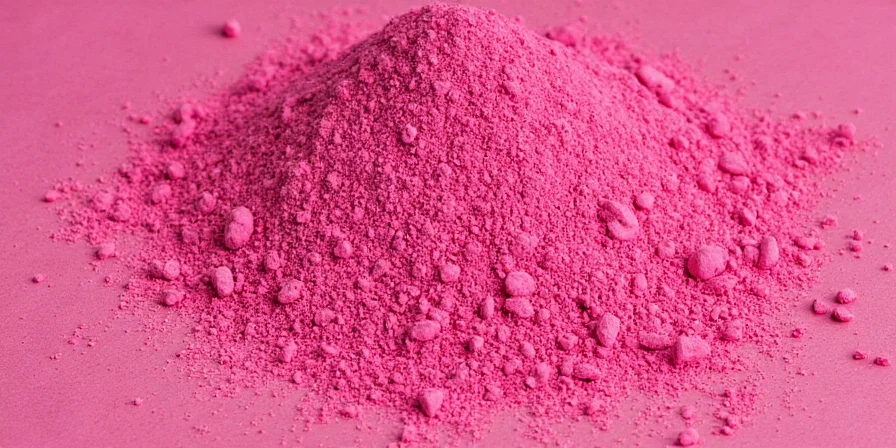
Immediate Action Required:
- Discard any Prague Powder >2 years old (nitrite degrades)
- Verify meat internal temperature reaches 150°F before consumption
- Report suspected botulism to poison control: 1-800-222-1222
- Download USDA Curing Guidelines for home use
Frequently Asked Safety Questions
How do I know if I've used too much Prague Powder?
Symptoms of nitrite poisoning appear within 1-4 hours: headache, dizziness, blue-tinged skin, and shortness of breath. If suspected, call poison control immediately (1-800-222-1222). Never induce vomiting. Prevent this by always using digital scales—volume measurements are dangerously inaccurate.
Why can't I use regular salt for curing meat?
Table salt lacks sodium nitrite, which is essential for preventing Clostridium botulinum growth. Without it, home-cured meats become breeding grounds for botulism toxin—odorless, tasteless, and potentially fatal. Prague Powder's precise 6.25% nitrite concentration is scientifically determined to prevent botulism while remaining below toxic thresholds.
What's the minimum time Prague Powder needs to prevent botulism?
For Prague Powder No. 1, nitrite becomes fully effective in 72 hours at 40°F (4°C). During this period, maintain strict temperature control—any spike above 45°F risks bacterial growth before protection activates. Never shorten this initial phase, even for refrigerator cures.
Can I make bacon without Prague Powder?
No—USDA prohibits bacon production without nitrite curing. "Uncured" bacon labels use celery powder (natural nitrates) but still contain equivalent nitrite levels. Attempting bacon without any nitrite source risks botulism, as the curing process creates anaerobic conditions where Clostridium botulinum thrives.
How do commercial producers avoid nitrosamines?
They add ascorbic acid (vitamin C) or erythorbate within 2 hours of applying curing salts, which blocks nitrosamine formation. Home curers should add 1g ascorbic acid per 5lbs meat when using Prague Powder No. 2 for dry-cured products to prevent carcinogen development during extended curing.

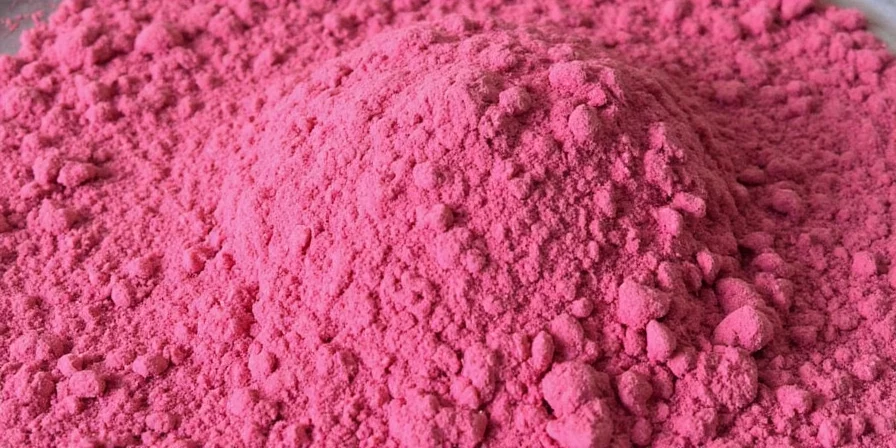









 浙公网安备
33010002000092号
浙公网安备
33010002000092号 浙B2-20120091-4
浙B2-20120091-4